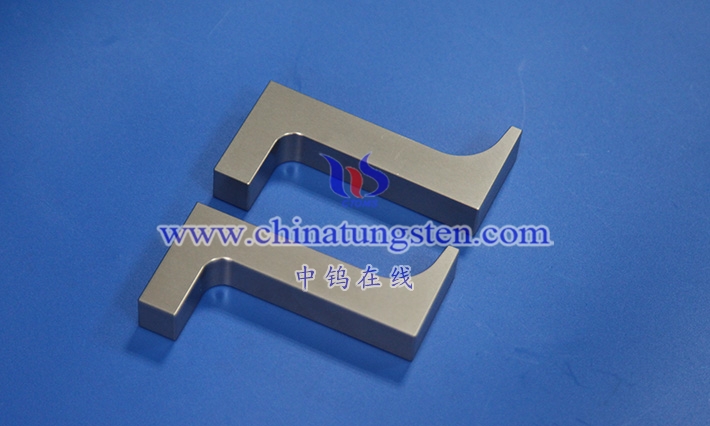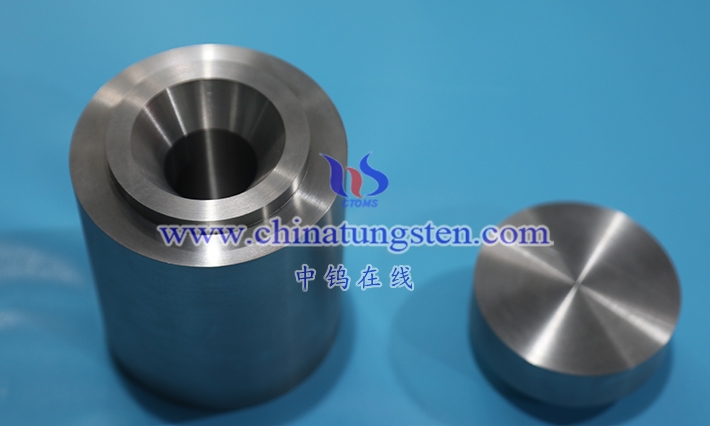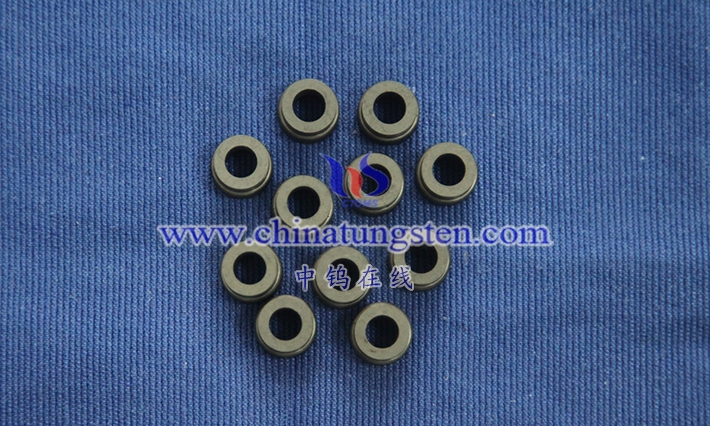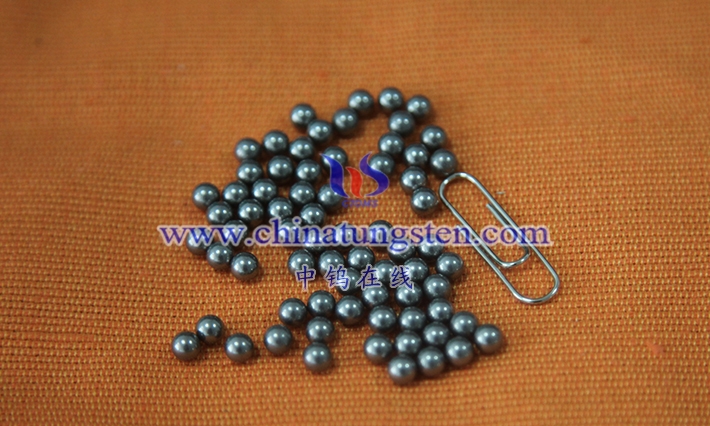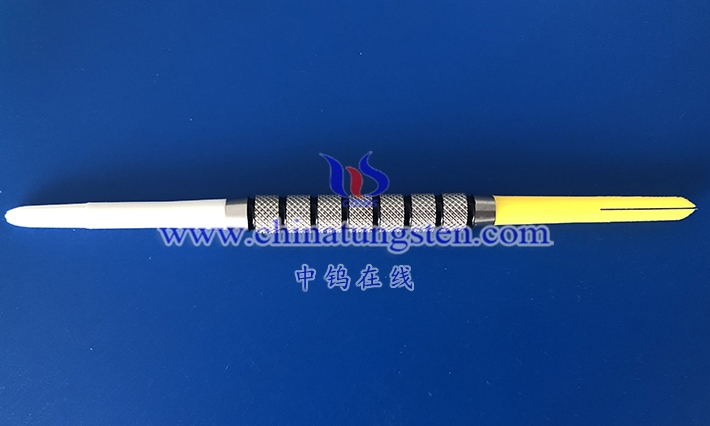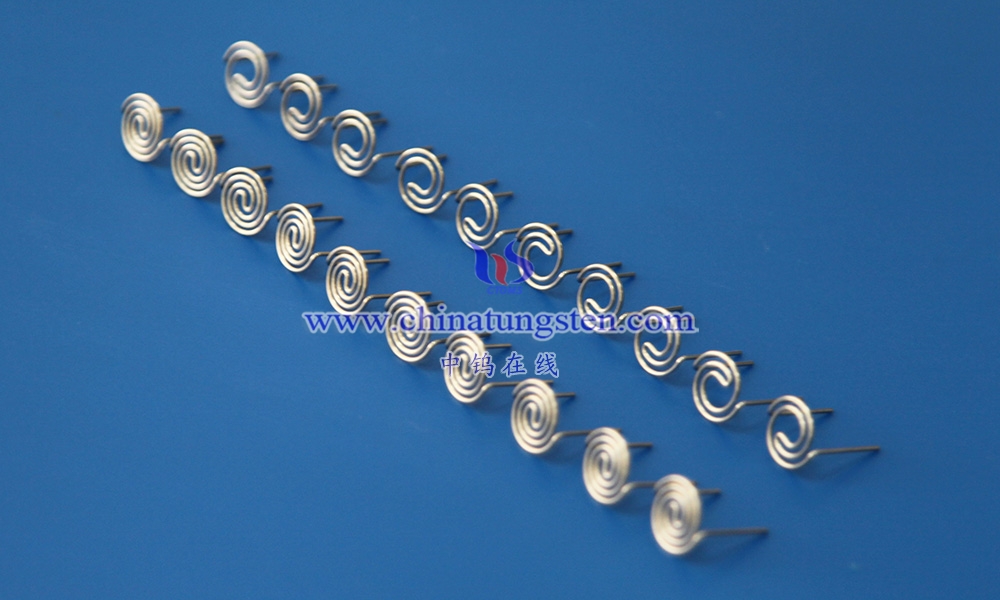
Contents
Chapter 1 Introduction
1.1 Definition and importance of electron beam tungsten filament
1.2 Historical development and technological evolution
1.3 The role of electron beam tungsten filament in modern technology
Chapter 2 Basic Principles of Tungsten Filament in Electron Gun
2.1 Working principle of electron gun
2.2 Physical and chemical basis of tungsten filament as cathode material
2.3 Thermionic emission mechanism
2.4 Comparison of tungsten filaments and alternative materials
Chapter 3 Preparation and Production Technology of Tungsten Filament for Electron Gun
3.1 Selection and preparation of raw materials for electron beam tungsten filament
3.1.1 Source and purification of tungsten metal
3.1.2 Particle size and purity requirements of tungsten powder
3.1.3 Selection of additives and doping materials (such as potassium, aluminum, etc.)
3.1.4 Raw materials testing and quality control
3.2 Electron beam tungsten filament metallurgy
3.2.1 Tungsten powder pressing and sintering
3.2.1.1 Pressing process parameters
3.2.1.2 Sintering furnace type and temperature control
3.2.2 Forging and drawing of tungsten rods
3.2.2.1 Hot forging and cold forging technology
3.2.2.2 Wire drawing die design and lubricant selection
3.2.3 Annealing and grain control of tungsten wire
3.2.3.1 Annealing temperature and atmosphere
3.2.3.2 Effect of grain size on performance
3.3 Electron beam tungsten filament forming and processing
3.3.1 Winding and forming of tungsten wire
3.3.1.1 Single helix, double helix and complex geometric designs
3.3.1.2 Automation and precision of molding equipment
3.3.2 Surface treatment technology
3.3.2.1 Chemical cleaning and polishing
3.3.2.2 Surface coating (e.g. oxide coating) process
3.3.3 Filament cutting and shaping
3.4 Electron beam tungsten filament production equipment and automation
3.4.1 Overview of key production equipment for electron beam tungsten filaments
3.4.1.1 Sintering furnace
3.4.1.2 Wire drawing machine
3.4.1.3 Wrapping machine
3.4.2 Automation and intelligence of production lines
3.4.3 Environmental control and clean room requirements
3.5 Quality control and inspection of electron beam tungsten filament
3.5.1 Online detection technology
3.5.1.1 Dimensional and geometrical accuracy inspection
3.5.1.2 Surface defect detection
3.5.2 Performance testing
3.5.2.1 Resistance and conductivity test
3.5.2.2 Thermal electron emission performance test
3.5.3 Failure analysis and improvement measures
Chapter 4 Product Characteristics of Electron Beam Tungsten Filament
4.1 Physical and chemical properties of electron beam tungsten filament
4.1.1 Melting point and thermal stability of tungsten filament
4.1.2 Resistivity and temperature coefficient of tungsten filament
4.1.3 Anti-oxidation and anti-corrosion properties of tungsten filament
4.1.4 Mechanical strength and ductility of tungsten filament
4.2 Electrical and thermal characteristics of electron beam tungsten filament
4.2.1 Thermionic emission efficiency of tungsten filament
4.2.2 Operating temperature range of tungsten filament
4.2.3 Thermal expansion and thermal fatigue performance of tungsten filament
4.2.4 Arc stability of tungsten filament
4.3 Relationship between the microstructure and performance of electron beam filament
4.3.1 Grain structure and orientation
4.3.2 Effect of doping elements on microstructure
4.3.3 Surface morphology and emission performance
4.4 Life and reliability of electron beam tungsten filament
4.4.1 Factors affecting filament life
4.4.2 Failure mode analysis (e.g. evaporation, fracture)
4.4.3 Reliability test method
4.5 MSDS of CTIA GROUP LTD electron beam tungsten filament
Chapter 5 Uses and Applications of Electron Beam Tungsten Filament
5.1 Application in electron gun
5.1.1 Scanning electron microscopy (SEM)
5.1.2 Transmission electron microscopy (TEM)
5.1.3 Electron beam welding and cutting
5.1.4 Electron beam lithography
5.2 Vacuum electronic devices
5.2.1 Microwave tubes (such as magnetrons and traveling wave tubes)
5.2.2 X-ray tube
5.2.3 Cathode ray tube (CRT)
5.3 Other industrial and scientific research applications
5.3.1 Thin film deposition (such as physical vapor deposition)
5.3.2 Ion source and mass spectrometer
5.3.3 Nuclear fusion experimental device
5.4 Emerging application areas
5.4.1 Electron beam melting in 3D printing
5.4.2 Electron sources in space propulsion systems
5.4.3 Nanotechnology and micro-nano processing
Chapter 6 Technical Challenges and Future Development of Electron Beam Filament
6.1 Current technical challenges of electron beam tungsten filament
6.1.1 Extending the life of the filament
6.1.2 Improvement of transmission efficiency
6.1.3 Miniaturization and high precision requirements
6.2 New materials and technologies for electron beam tungsten filaments
6.2.1 Tungsten-based composite materials
6.2.2 Nanostructured tungsten filament
6.2.3 Alternative cathode materials (e.g. carbon nanotubes, field emission cathodes)
6.3 Intelligent and green manufacturing of electron beam tungsten filament
6.3.1 Intelligent monitoring and adaptive control
6.3.2 Energy-saving and environmentally friendly production technology
6.3.3 Recycling and waste treatment
6.4 Future development trends of electron beam tungsten filaments
6.4.1 Design of high-performance electron gun
6.4.2 Interdisciplinary integration (such as integration with artificial intelligence)
6.4.3 Applications in space and extreme environments
Chapter 7 Standards and Specifications for Electron Beam Tungsten Filaments
7.1 National standards (GB)
7.1.1 GB/T related standards (such as tungsten and tungsten alloy material standards)
7.1.2 Testing and evaluation standards for electron gun cathode materials
7.1.3 Manufacturing and acceptance specifications for vacuum electronic devices
7.2 International standards (ISO)
7.2.1 ISO related materials and test standards
7.2.2 Application of ISO 4618-2006 to the surface treatment of tungsten filaments
7.2.3 Implementation of ISO 14001 in production
7.3 American standard
7.3.1 ASTM standards (such as ASTM B387)
7.3.2 Application of ASME standards in electron gun manufacturing
7.3.3 SAE standards (if applicable to electron beam welding)
7.4 Other international and industry standards
7.4.1 Japanese standard (JIS)
7.4.2 German standard (DIN)
7.4.3 Russian standard (GOST)
7.5 Standard implementation and certification
7.5.1 Application of standards in production and testing
7.5.2 Quality management system certification (such as ISO 9001)
7.5.3 Product export and compliance with international standards
Appendix
- Glossary
- References
Chapter 1 Introduction
1.1 Definition and Importance of Electron Beam Tungsten Filament
The Electron Beam Tungsten Filament is a cathode component with tungsten metal as the main material. It produces thermal electron emission through electric heating and is the core component of the electron gun. Electron guns use electric fields or magnetic fields to accelerate electrons to form high-energy electron beams. They are widely used in scanning electron microscopes (SEMs), transmission electron microscopes (TEMs), electron beam welding, X-ray tubes and other equipment. The importance of tungsten filaments stems from their excellent physical and chemical properties: high melting point (about 3422°C), low vapor pressure, high work function (about 4.5 eV), and excellent thermal stability and mechanical strength. These properties enable tungsten filaments to work stably in high-temperature and high-vacuum environments and provide reliable electron beams.
The tungsten filament in the electron gun is to heat it to 2000-2800°C by powering it on, exciting the electrons on the tungsten surface to overcome the work function and escape, forming an electron flow. These electrons are accelerated under the action of the electric field to generate a focused electron beam for imaging, processing or analysis. For example, in SEM, the emission stability and brightness of the tungsten filament directly affect the imaging resolution; in electron beam lithography, the life and consistency of the filament determine the processing accuracy of the nanoscale pattern. In addition, as a rare metal, the scarcity and high value of tungsten resources further highlight the strategic position of tungsten filaments in the global science and technology and industrial supply chain. According to information from Chinatungsten Online, the manufacturing technology of tungsten filaments is directly related to the performance and cost of electronic equipment, and is one of the key technologies in the high-tech field.
1.2 Historical Development and Technological Evolution
Tungsten filaments began in the late 19th century and is closely related to the rise of vacuum electronics. In 1878, Thomas Edison first used tungsten in incandescent filaments and discovered its high temperature tolerance and low evaporation rate, laying the foundation for tungsten in high-temperature applications. In the early 20th century, advances in vacuum tube technology led to the birth of electron guns, and tungsten became the preferred material for electron gun cathodes due to its high melting point and chemical stability. In the 1920s, tungsten filaments began to be used in early cathode ray tubes (CRTs), marking its widespread use in electronic devices.
In the 1950s, the advent of scanning electron microscopes placed higher demands on tungsten filaments, prompting researchers to optimize their microstructure and manufacturing process. In the 1960s, the introduction of doping technology became an important breakthrough. For example, the addition of elements such as potassium, aluminum, and silicon ( tungsten knowledge ) significantly improved the creep resistance and thermal electron emission efficiency of the filament. Entering the 21st century, advances in nanotechnology and precision manufacturing have further promoted the development of tungsten filament technology. For example, nanoscale grain control technology can optimize the mechanical properties of the filament, and surface coating technologies (such as oxide coating) can extend the life.
1.3 The Role of Electron Beam Tungsten Filament in Modern Technology
In modern technology, tungsten filaments are an indispensable component of electron guns and are widely used in scientific research, industrial manufacturing, medical treatment and emerging technology fields. Its main roles include:
Scientific research: In SEM and TEM, tungsten filaments provide high-brightness electron beams for observing nanoscale structures. For example, the emission stability of tungsten filaments directly affects the atomic-level resolution of TEM.
Industrial Manufacturing: Electron beam welding, cutting and lithography equipment rely on high-energy electron beams generated by tungsten filaments to achieve high-precision processing.
Medical applications: Tungsten filaments in X-ray tubes are used to generate the electron beams required for diagnostic imaging and are widely used in CT scanning and radiation therapy.
Emerging fields: Tungsten filaments are increasingly being used in 3D printing (electron beam melting), space propulsion systems (such as ion thrusters), and nanotechnology. For example, electron beam melting technology uses a high-energy electron beam generated by a tungsten filament to precisely melt metal powders to create complex structures.
Tungsten filaments directly affect equipment efficiency and precision. For example, in electron beam lithography, the emission consistency and lifetime of the filaments determine the quality of nanoscale patterns. With increasingly stringent requirements for environmental protection and sustainable development, green manufacturing and recycling of tungsten filaments have become a hot topic in the industry. Global companies are exploring waste tungsten recycling technologies and low-energy production processes to cope with resource shortages and environmental challenges.
READ MORE: Encyclopedia of Electron Beam Tungsten Filaments
Customized R&D and Production of Tungsten, Molybdenum Products
Chinatungsten Online and CTIA GROUP LTD have been working in the tungsten industry for nearly 30 years, specializing in flexible customization of tungsten and molybdenum products worldwide, which are tungsten and molybdenum design, R&D, production, and overall solution integrators with high visibility and credibility worldwide.
Chinatungsten Online and CTIA GROUP LTD provide products mainly including: tungsten oxide products, such as tungstates such as APT/WO3; tungsten powder and tungsten carbide powder; tungsten metal products such as tungsten wire, tungsten ball, tungsten bar, tungsten electrode, etc.; high-density alloy products, such as dart rods, fishing sinkers, automotive tungsten crankshaft counterweights, mobile phones, clocks and watches, tungsten alloy shielding materials for radioactive medical equipment, etc.; tungsten silver and tungsten copper products for electronic appliances. Cemented carbide products include cutting tools such as cutting, grinding, milling, drilling, planing, wear-resistant parts, nozzles, spheres, anti-skid spikes, molds, structural parts, seals, bearings, high-pressure and high-temperature resistant cavities, top hammers, and other standard and customized high-hardness, high-strength, strong acid and alkali resistant high-performance products. Molybdenum products include molybdenum oxide, molybdenum powder, molybdenum and alloy sintering materials, molybdenum crucibles, molybdenum boats, TZM, TZC, molybdenum wires, molybdenum heating belts, molybdenum spouts, molybdenum copper, molybdenum tungsten alloys, molybdenum sputtering targets, sapphire single crystal furnace components, etc.
For more information about tungsten alloy products, please visit the website: http://tungsten.com.cn/EB-tungsten-filament.html
If you are interested in related products, please contact us:
Email: sales@chinatungsten.com
Tel: +86 592 5129696 / 86 592 5129595

